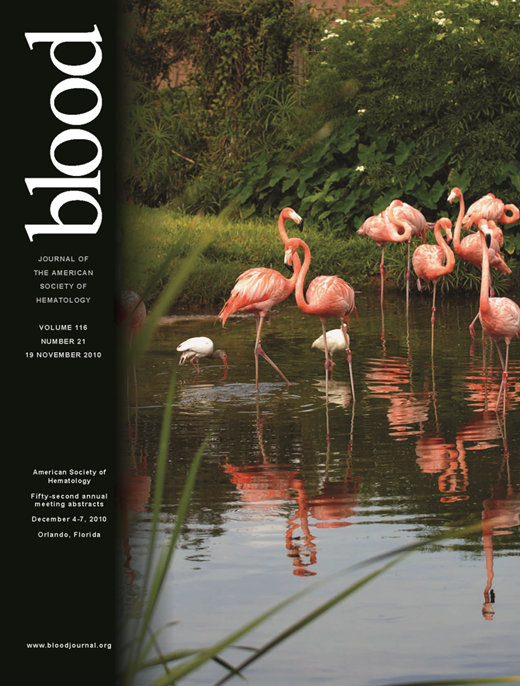Abstract
Abstract 3837
Flow cytometry (FC) is more sensitive but more expensive than cytomorphology in detection central nervous system (CNS) involvement by hematological malignancy. Previous studies have shown that cerebral spinal fluid (CSF) pleocytosis is absent in about one third of patients with positive FC findings. FC is often performed to investigate CNS involvement on all CSF specimens regardless of cell counts or morphology, which may lead over utilization of FC. Here we investigate the diagnostic value of FC evaluation of CSF specimens with low white blood cell (WBC) count.
After IRB approval, we retrospectively reviewed the FC results of CSF samples studied for CNS involvement by hematological malignancy between Jul 2000 and Jun 2010 at William Beaumont Hospital, MI. The FC results were correlated with CSF WBC count, cytomorphology, and documented leptomeningeal symptoms at the time of the sample obtained.
Of 421 cases included in this study, 73 were acute leukemia and 348 were lymphoma. The mean age was 59 (range from 9–90). 9.5% (40/421) of patients had leptomeningeal symptoms. 13.3% (56/421) had atypical CSF WBC cytomorphology. 11% (46/421) had positive FC. Patients with either atypical cytomorphology or leptomengeal symptoms were more likely have positive FC (p<0.001). Of the 46 patients with positive FC, 32.6% (15/46) of patients did not have CSF leptomengeal symptoms and 19.5% (9/46) had neither CSF pleocytosis (<10/μ l) nor atypical cytomorphology. We did not detect lymphoma or leukemia cells by FC in CSF samples with WBC <3/μ l, which represented 74.7% (314/421) of the specimens studied.
In this study, we found that FC is more sensitive and specific than leptomeningeal symptoms or cytomorphology in detection of CNS involvement by hematological malignancy in both acute leukemia and lymphoma. However, its sensitivity is dependent on numbers of cells potentially available for analysis. Flow cytometry may not be indicated when CSF WBC count is extremely low (<3/μ l) which is invariably predictive of negative results.
No relevant conflicts of interest to declare.
Author notes
Asterisk with author names denotes non-ASH members.

